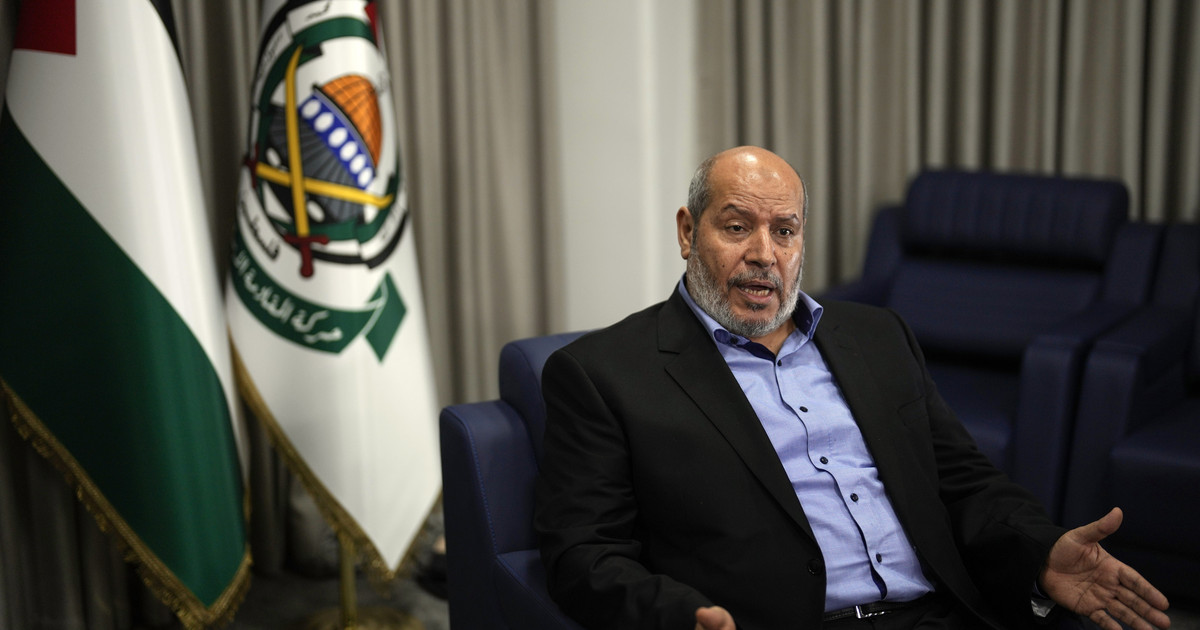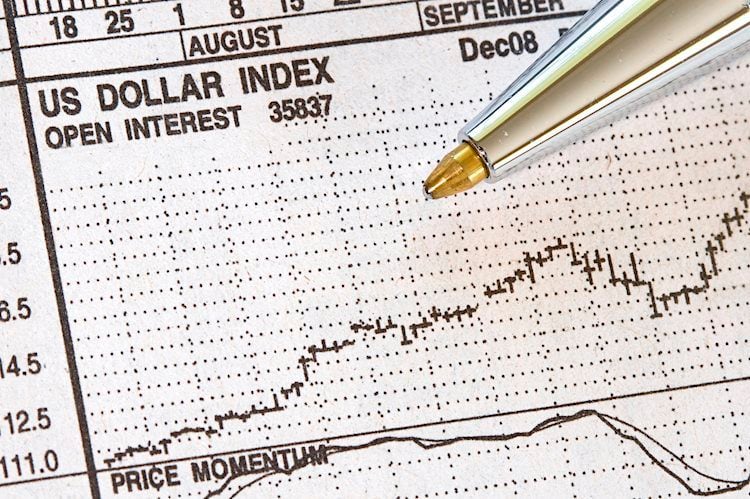In 2021, about 29.6% of the Brazilian population had a per capita household income of up to R$497 per month. The percentage corresponds to 62.9 million people, the highest value since the beginning of the historical series, which began in 2012.
The number represents an increase of 9.6 million compared to 2019. The data were presented in the Map of New Poverty, released by Fundação Getúlio Vargas Social (FGV Social).
In an interview with Brazil Agency the director of FGV Social, Marcelo Neri, commented that the scenario was impacted by crisis on top of crisis, one of them caused by the pandemic, which came from outside the country, which also occurred during the period of the oil shock in 1982.
Neri highlighted that, in the pandemic, the level of occupation in the labor market suffered a great impact and fell a lot, representing a shock never seen before in the series. The professor commented that the Emergency Benefit for Preservation of Employment and Income (BEm) cushioned part of the impact, even so, there was a significant drop in occupation.
Neri sees an improvement in the level of employment: “The occupation has already returned, we have had good news of falling unemployment, high formal employment, already recovering all the losses from the pandemic. This is excellent news, but it ends up being dominated, when you factor everything into occupation and take into account people’s wages, the income of self-employed and informal workers”.
But he fears that these gains will be minimized by inflation: “It is true that there was a recovery in employment, unemployment was already falling and continues to decline in 22, but high inflation ends up eroding people’s income in the labor market,” he said.
The professor also spoke about the role of emergency aid during the crisis. According to him, the payment of the aid, which in nine months was equivalent to nine years of Bolsa Família, made poverty fall to the minimum level.
But, with the interruption of the benefit, the indicator rose again. He also mentions that, in the transition from emergency aid to the Auxílio Brasil program, more than 20 million people were no longer included.
“Those who were in the program had a great benefit, but there were people who left and poverty reflects this fluctuation in social policy, which is bad for the well-being of the population. This is the second group of effects”, he concluded, adding that, with the adoption of Auxílio Brasil, at the end of 2021, the situation has improved.
Geographic distribution
The study also analyzed its geographic composition of poverty to identify its stocks and flows in the Brazilian territory. Santa Catarina was the federation unit with the lowest poverty rate in 2021 (10.16%).
The largest proportion of poor people was in Maranhão (57.90%). Among the 146 spatial strata segmented in the survey, the coast and Baixada Maranhense were the ones with the greatest poverty in 2021 (72.59%). On the contrary, the lowest was the municipality of Florianópolis (5.7%).
In the evaluation by federation unit, between 2019 and 2021, the greatest increase in poverty occurred in Pernambuco (8.14 percentage points), followed by Rondônia (6.31 percentage points) and Espírito Santo (5.92 percentage points). According to the study, the only declines in poverty in the period were observed in Tocantins (0.95 percentage points) and Piauí (0.03 percentage points).
Source: CNN Brasil
I am Sophia william, author of World Stock Market. I have a degree in journalism from the University of Missouri and I have worked as a reporter for several news websites. I have a passion for writing and informing people about the latest news and events happening in the world. I strive to be accurate and unbiased in my reporting, and I hope to provide readers with valuable information that they can use to make informed decisions.





